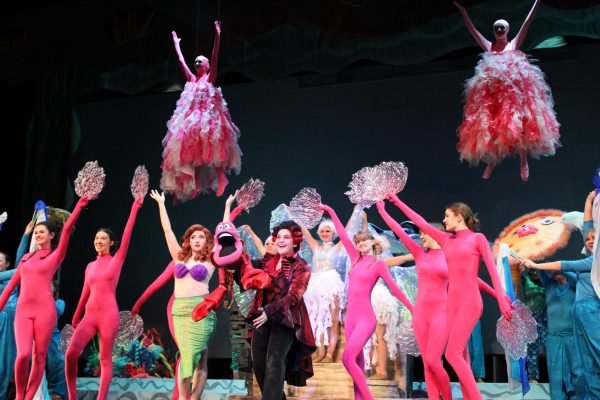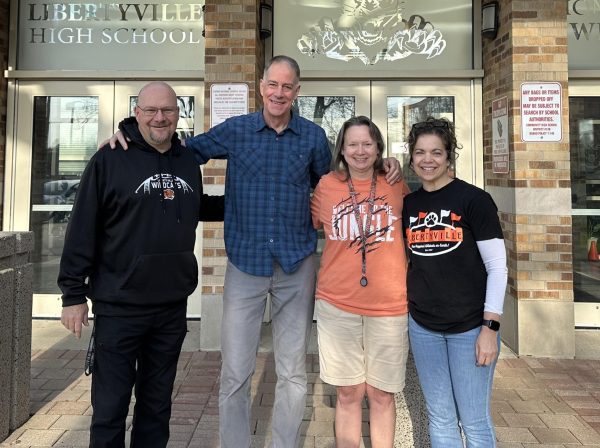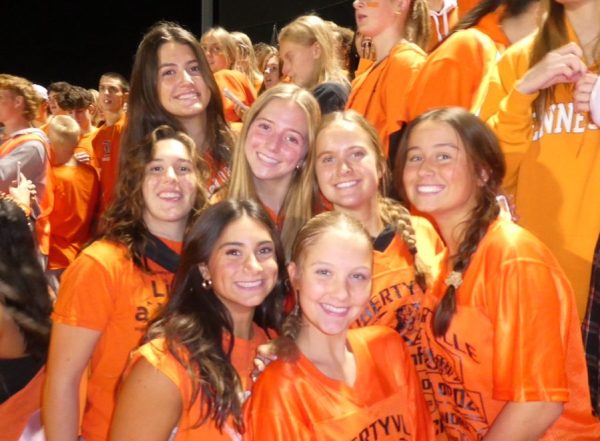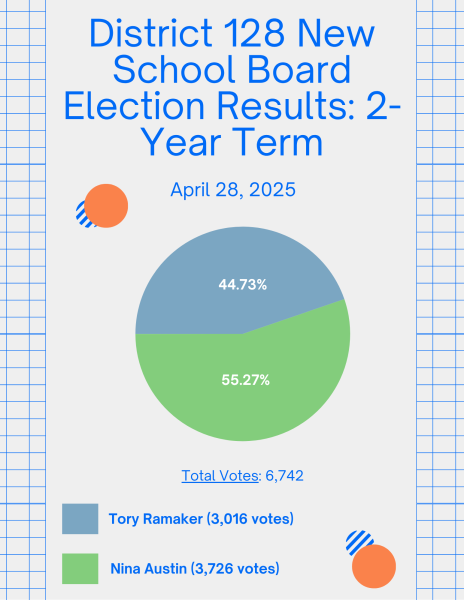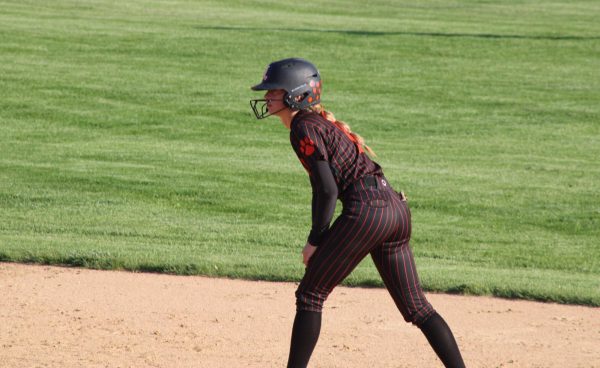The Silence to end the Silence
An estimated 60 to 100 students and teachers will participate in the Day of Silence this year on April 27.
People within the LGTBQ+ community have had their voices silenced many times, from the raid at the Stonewall Inn in the 1960s to the recent transgender military ban.
The community and its supporters have held many protests all over the country and world in order to restore rights that they have been denied, like the right to marriage and to be free from discrimination in the workplace. One protest that has stood the test of time is the Day of Silence.
The Day of Silence began in 1966 at the University of Virginia as a class assignment on the topic of non-violent protests, according to the Gay, Lesbian and Straight Education Network, or GLSEN, website. It began to receive national attention in 1997 when a total of 100 colleges and universities participated in support of the protest. Since 2001, GLSEN has sponsored the event, allowing students at all levels of schools to sign up to participate in the day.
GLSEN sponsors this event in order to show what it would be like if people never heard the voices of the LGBTQ+ community and their allies. It represents the historical significance of their silencing throughout the years.
This year, the national event is taking place on Friday, April 27. The Day of Silence was brought to Libertyville High School by the club Gay-Straight Alliance (GSA). GSA was founded at LHS by Danny Sweeney, a former student, and Ms. Dyan Naslund, an English teacher. GSA has sponsored the Day of Silence at LHS for 10 years. The event is advertised through posters and announcements that are put out around the school three weeks prior to the set date.
Those who take place in the event take a vow of silence from when they wake up until the end of the school day. The day is open to both teachers and students, with about 60 to 100 people typically participating each year. The majority of these participants are students. There have been teachers who have taken part of the day in the past, but according to Ms. Naslund, it is often easier for them to show their support by respecting the partakers rather than participate themselves, due to the fact that they still have other students to teach.
Students wear t-shirts and rainbow wristbands, both organized by the club, to advertise what they are doing. The students are also encouraged to carry informational cards that they can hand out to both other students and teachers to advertise and inform others about the event.
In order for students to participate, they must have a permission slip signed by all of their teachers, indicating that they give the student permission to not speak in class for the day as they have to remain silent.
There are, however, exceptions to remaining silent all day, such as if a student has a presentation. As Ms. Naslund stated, “we aren’t forcing students to get 0’s on their presentations,” however, “the students really do their best not to speak.”
The Day of Silence ends with a special celebration put on by GSA, where everyone who participated in the day is invited to “The Night of Noise.” It takes place in the teachers’ lounge in the cafeteria after school. It is the first time that students are allowed to talk that day. Here, they discuss different successes and struggles throughout the day, in addition to the different reactions they experienced.
Senior Anna Burns was part of the event her freshman and sophomore year and is planning on participating later this month. Burns expressed that this day is extremely important for her because she finds it necessary to use her voice to advocate for those who can’t and stand up for those who have had their rights taken away.
“I think it’s really important because a lot of times people who are advocating for LGBTQ rights, one of their big messages is to use your voice. And a lot of people forget that there are people who cant use their voice, whether it’s because of their family or religious pressures or because their community wouldn’t accept them,” Burns expressed. “So to recognize those people who can’t use their voice [and] to advocate for their rights, that’s really important as an activist.”




